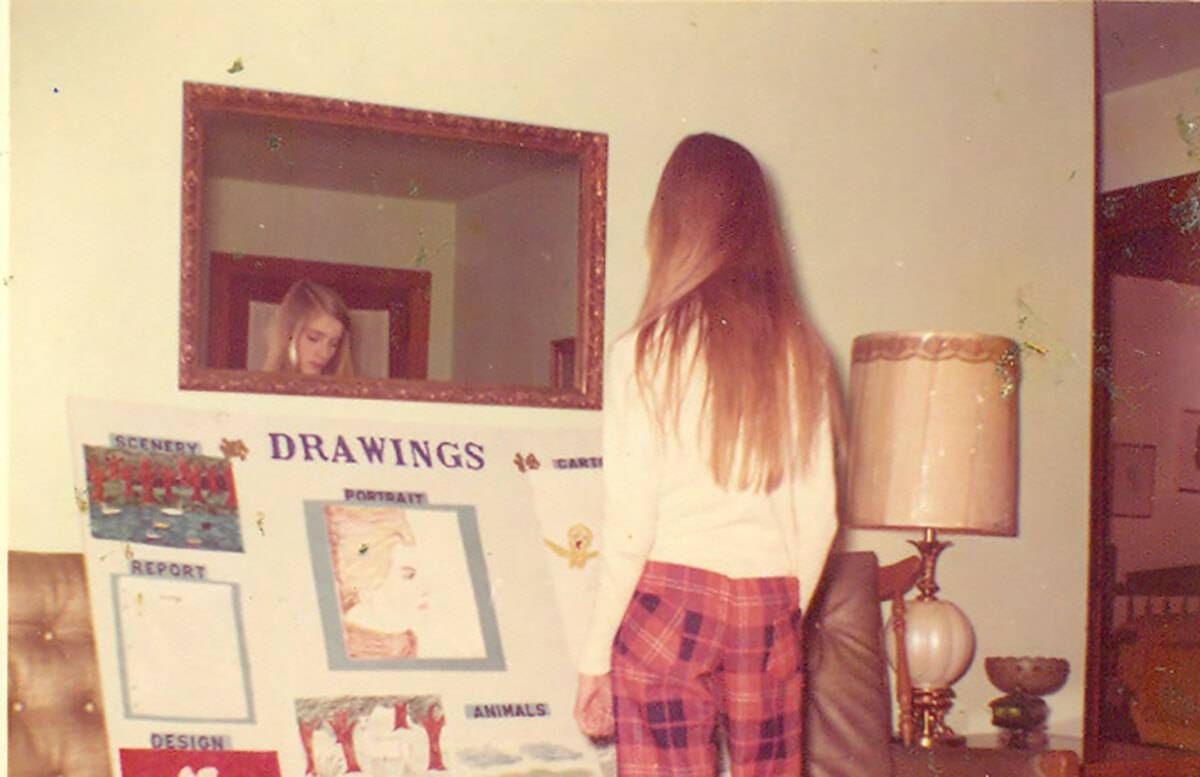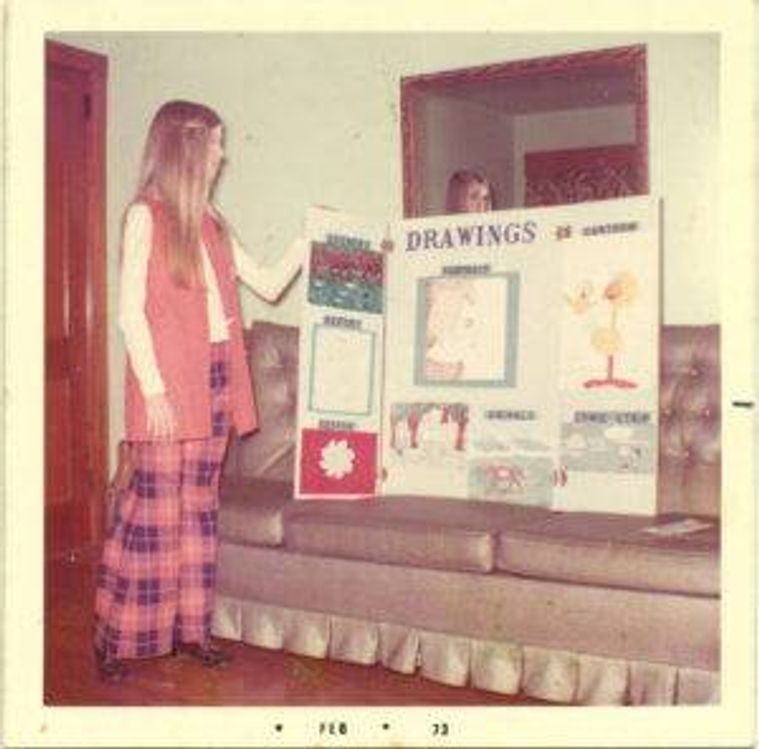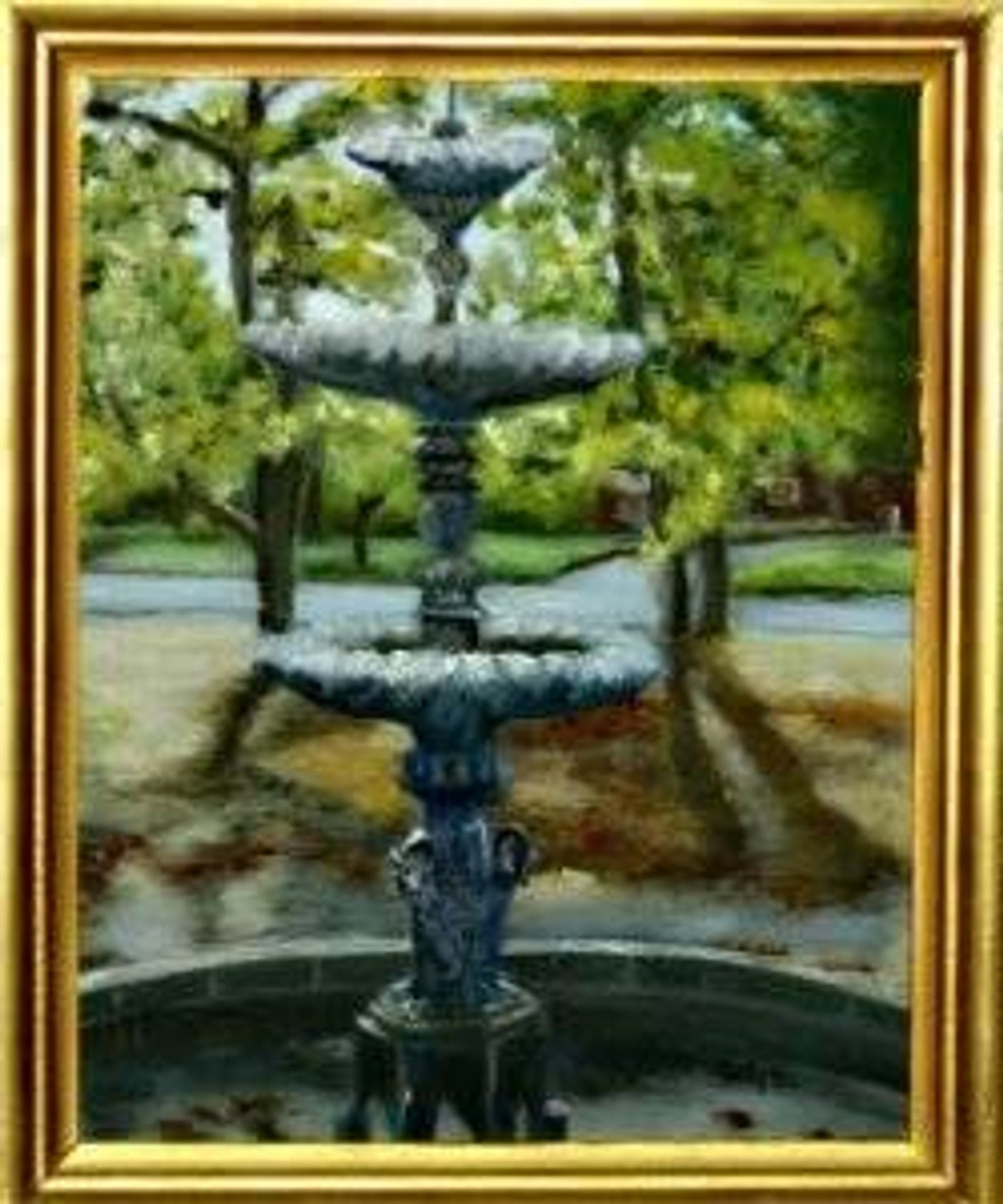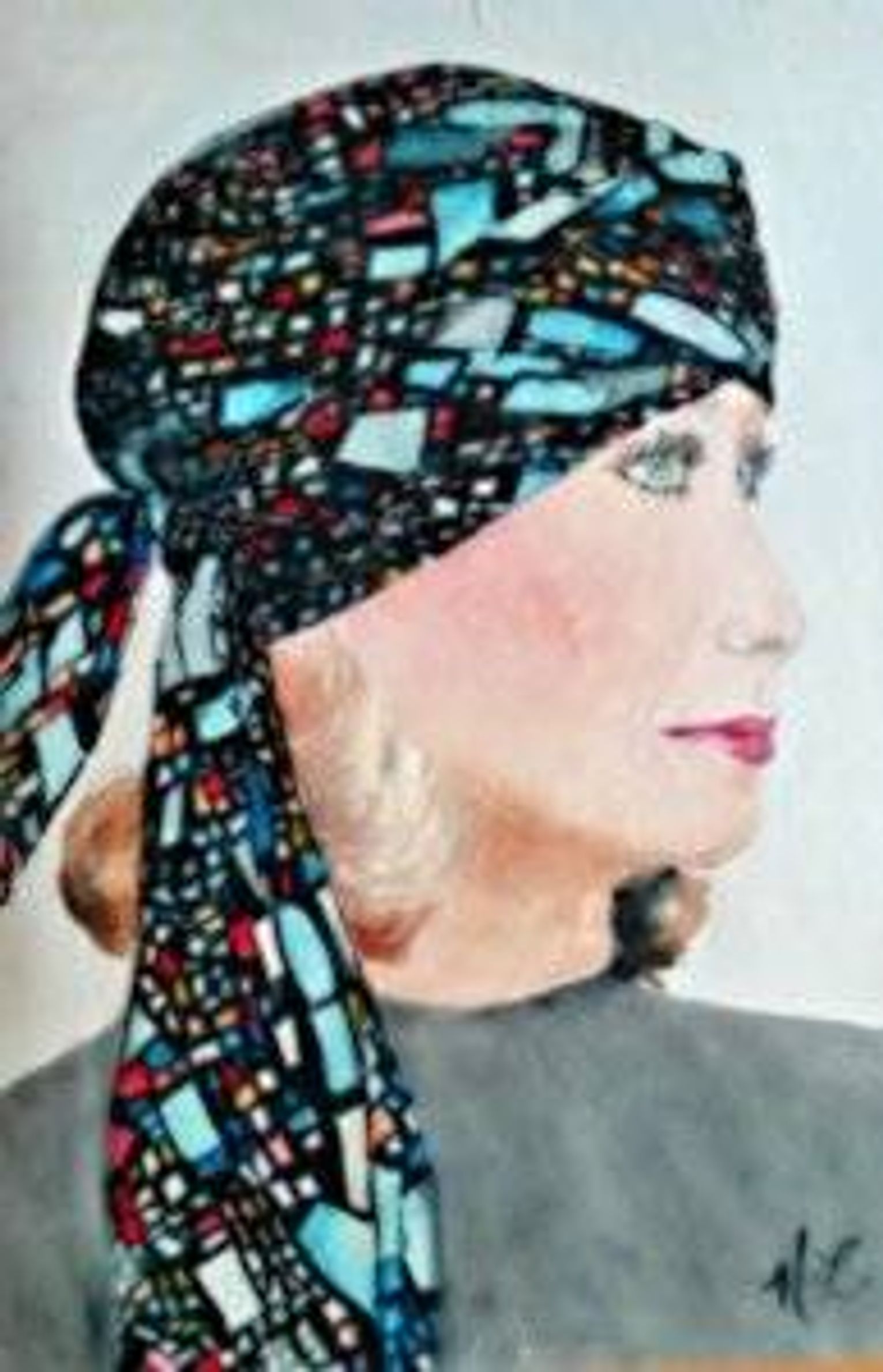To Find Your Next Act, Look Back to Your Childhood
3 ways your keepsakes can lead to a newfound purpose in life
If the inevitable “What do I do with the rest of my life?” question has you perplexed, you may benefit from revisiting who you were as a child and what you loved to do.

In those dusty storage boxes filled with your childhood keepsakes — report cards, photos, artwork, news clippings, coloring books, prize ribbons, toys and other artifacts — you may find clues for your tomorrow. They might lead you to a new career, a place to volunteer or a joyful purpose through generativity.
As psychologist Dan McAdams of Northwestern University, who has studied narrative identity for more than 30 years, explained in this TEDx Talk: “Narrative identity is the story that you are working on, in your mind, about how you came to be the person you are becoming. It’s your reconstruction of your past, if you remember it, and your anticipated future. Your personal story about your origins and your destiny.”
McAdams added that creating a narrative about “the remembered past and the imagined future” may let you live out your deepest dreams and cherished goals.
I’ve found that to be the case in my own life.

My Childhood as an Artist and Volunteer
For three decades, I was separated from my childhood keepsakes in Georgia. I relied on vague memories and stories by my older relatives who credited me with being a talented artist and painter as a young girl. The idea of carrying around an identity myth plagued me; I was swallowed up by the largeness of New York and its intimidating population of world-class artists.
I found myself in a string of miserable work settings, none of which fulfilled me creatively. But I rarely picked up a paintbrush or created art after age 18. Though I included my “artist” identity into my life story over the years, I always felt unworthy and came to believe it was all a myth.
Only after retrieving the “evidence” 35 years later, I made sense of who I was as a child and what matters to me going forward.
I pored through boxes of framed artwork and photos that confirmed the existence of child with a talent for color, design and composition. I found an array of prize ribbons and news clippings about my art exhibited in the state capitol and at fairs.
By surprise, however, I discovered that I had another childhood identity: community leadership — as a school safety patrol officer, a school club leader and a volunteer in the community.

3 Ways to Research Your Childhood Keepsakes
Psychologist and author Nancy Schlossberg who has conducted extensive research on preparing mentally for retirement, establishing your new purpose and reshaping your identity says: “The things that have come through as most important to people is who they are, how they see themselves and how they identify themselves now that they are not in their [former profession].”
She suggests asking yourself: What’s your new purpose?
As you’re trying to figure that out, Schlossberg advises, “thinking back over things that meant something to you in the past could be a very valuable thing to do.”
Here are three ways to research your childhood keepsakes to help find your next act
1. Study your main character: you, as a child. Conduct an objective character study. What is the main character’s demeanor? Hint: candid childhood photos reveal more about your personality than posed smiley photos. Do your notes or diaries describe your career dreams? What do your report cards show? What interests do you have in common with the character today? What did you abandon that you’d like to reclaim?
To keep your findings organized, check out these tips for conducting a life stories exercise from Next Avenue work and careers blogger Nancy Collamer.
“It’s all about helping you figure out something new to do now. And if you can do that, by looking at regrets, what you haven’t done, by looking at dreams or activities that you had as a child, there are many avenues to get you to a path,” says Schlossberg.

2. Consider repurposing your childhood dreams and passions. Suppose you find a collection of toy firetrucks, a fire helmet and photos of you dressed as a firefighter at Halloween. The helpfulness of firefighting still appeals to you, but not the physical demands of the job. So analyze the characteristics of your childhood dream profession. Firefighters rescue people in trouble and save and protect members of the community. You can repurpose your dream by volunteering at the local fire station, becoming a social worker with displaced families or taking a fire safety course and teaching students what you learned.
3. Revise your life narrative and adjust to fit your goals. In my revised narrative, I now tell the story of being an artist with design interests and a passionate community leader in my youth.
So I am starting to think about settling in a small, idyllic town (think Andy Griffith’s Mayberry or Doc Martin’s Portwenn) that will welcome me into a community leadership role well into my 60s. And for my entrepreneurial hobby, I’m repurposing my creative focus. Rather than fulfilling my creative interests through painting, I’m now taking online classes to learn digital photography and visual storytelling.
Happy hunting. You never know what you might find in “lost and found.”

